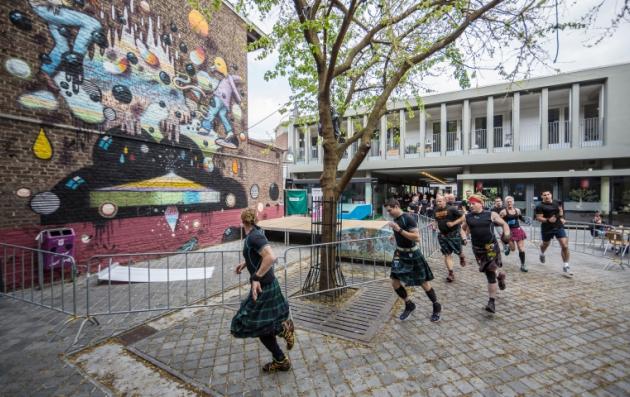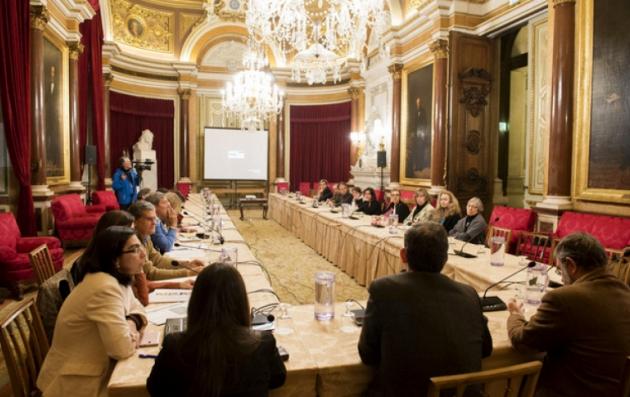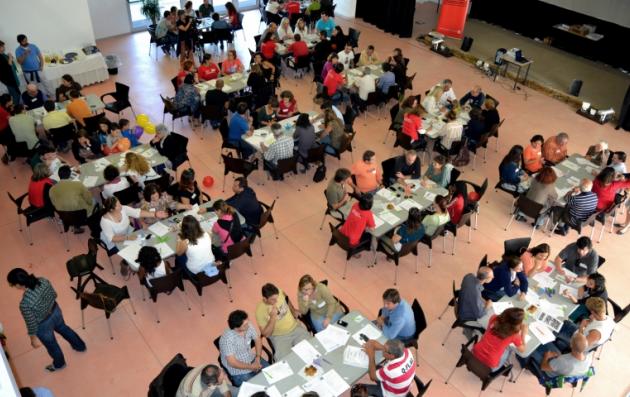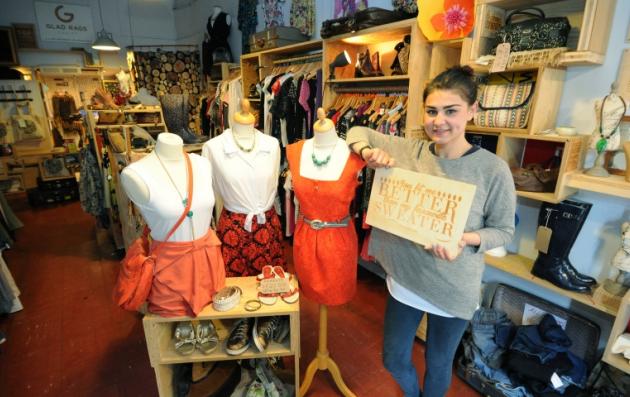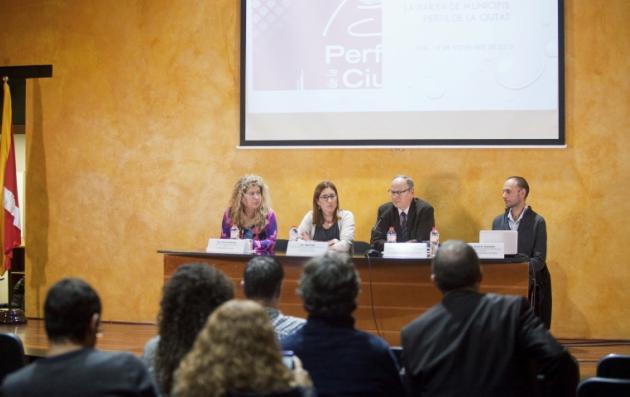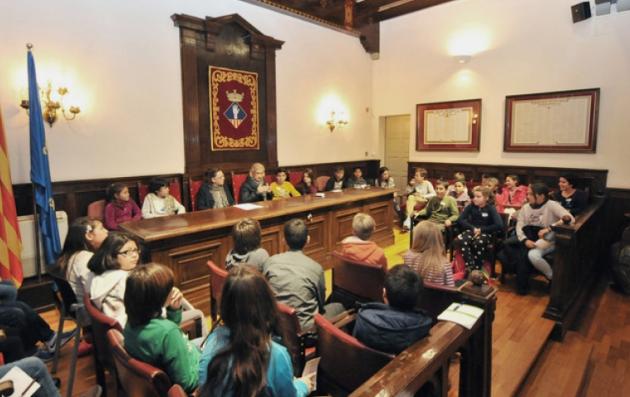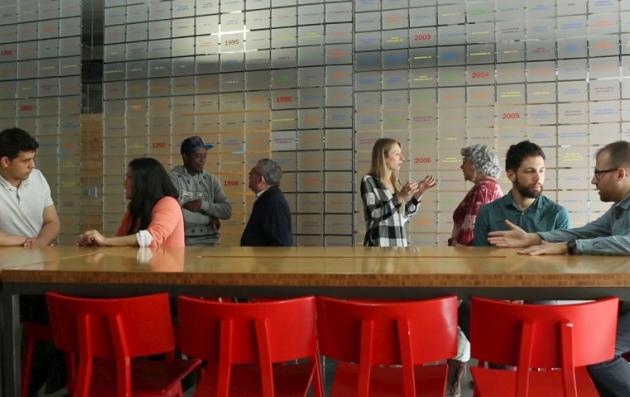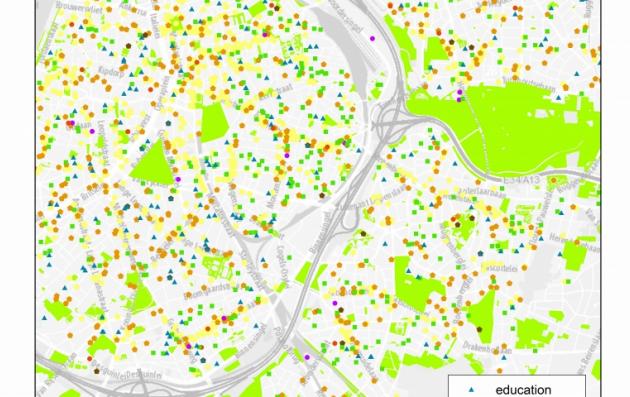Planning model for cross-border agglomeration
Managing sustainable projects in cross border governance with participatory urban planning model
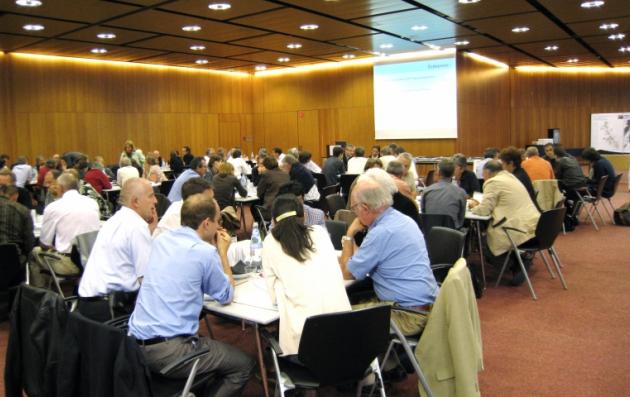
- Urban planning
Summary
Grand Genève is a metropolis around Geneva (CH). The agglomeration has common issues (housing, transports, environment, social cohesion) spread over two countries. This includes two distinct legislative models, three territories (Geneva Canton, Nyon District, the French Regional Cooperation Assembly - ARC), as well as a number of partners (Geneva City, Auvergne-Rhône-Alpes French Region, two French departments etc.).
As this situation makes it hard to develop common policies, the Local Association for Cross-Border Cooperation (GLCT) has been created. It involves politicians and civil society representatives in order to develop pragmatic projects at local scale. After professional teams had presented a vision for these territories, discussions held at the local level within the "perimeters of coordinated urban planning" (PACA) led to a number of mobility, urban or environmental projects.
The solutions offered by the good practice
The PACA seemed the proper scale to involve all our partners. Three teams presented their different visions for the territory, and then everybody gathered in roundtables to discuss and improve these ideas. The roundtables were the best solution we found to build pragmatic projects for urban planning. The brainstorming was very productive. Thanks to that method, we have developed projects such as buses crossing the border, with priority lanes, urban projects near the railway stations, a nature project along our rivers, etc. This is a good practice which can be developed by every city.
Building on the sustainable and integrated approach
This practice makes it possible to mix every scope with themes of sustainable development by bringing very different actors together: politicians, environmentalists, architects, engineers, members of associations, industry representatives etc. The visions of the teams had to mix environment, urban and mobility themes, with the objective of building a sustainable future.
Based on a participatory approach
The participatory approach is key to the project. Bringing together professionals, politicians and representatives of civil society not only fosters good brainstorming sessions, but also makes it easier to find solutions that are supported by everyone, with all the participants seeking to realise those solutions using their own skills.
What difference has it made?
The project has created a helpful tool for dialogue between politicians, civil society and urban planning professionals. Also, an appropriate scale has been found between the Grand Genève as a whole and individual municipalities. The result has been intellectual emulation and better understanding between Swiss and French actors of the territory, along with projects for sustainable urban living, mixing social, environmental and economic themes.
Why should other European cities use it?
This practice can be useful for each city wanting to develop a real emulation around its urban planning and which wants to involve many partners.
-
326_Geneva_GPsummary.pdf(PDF, 446Ko)

